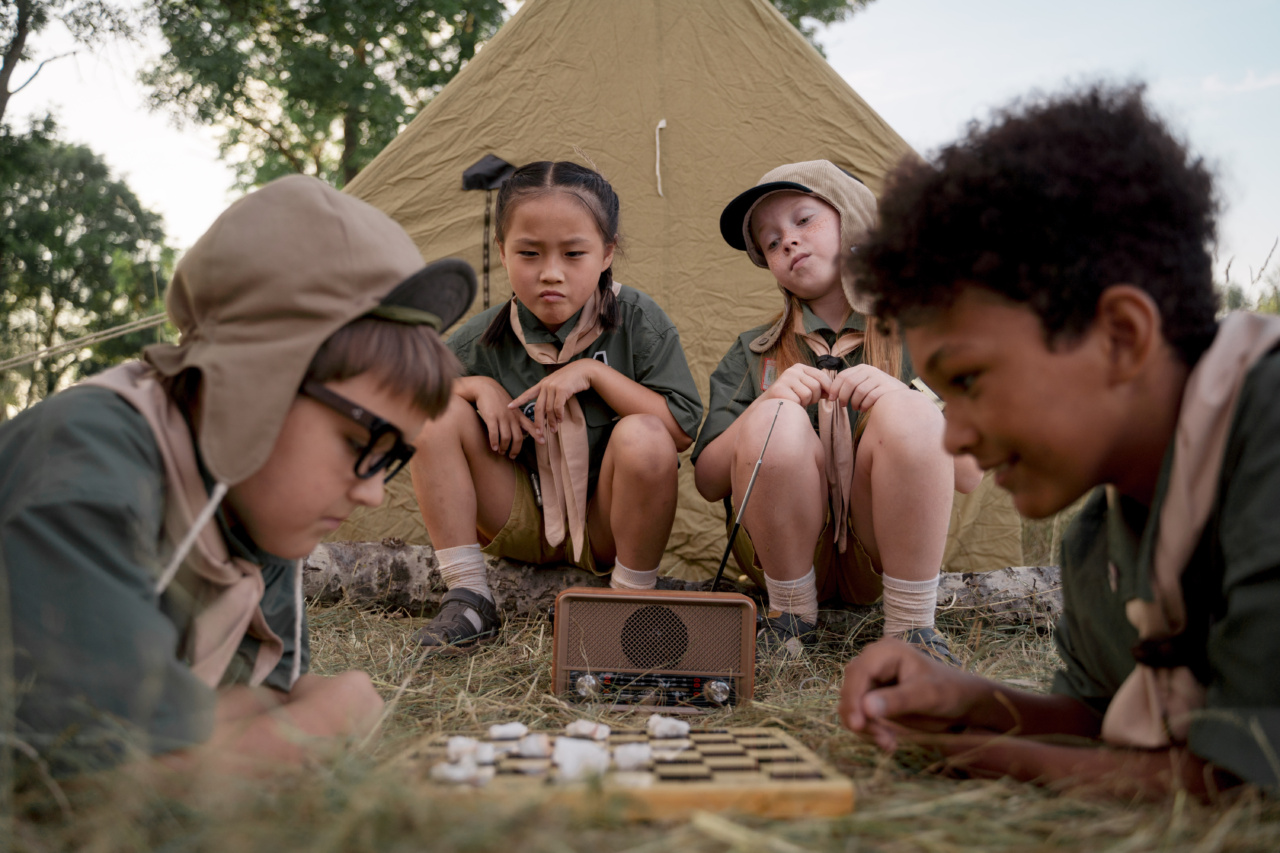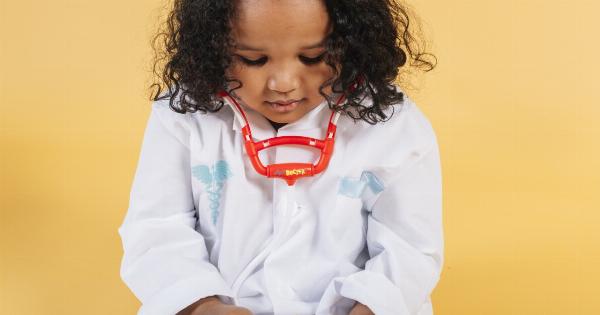Transitioning your child from using a pacifier can be a challenging task for many parents. Pacifiers provide comfort and soothing for infants and toddlers, but there comes a time when it becomes necessary to say goodbye to this habit.
While every child is different and may require a unique approach, there are three tactics that can help make this transition smoother. In this article, we will explore these tactics and provide you with practical tips to ease the pacifier weaning process.
Tactic 1: Gradual Reduction
One effective approach to transitioning your child from using a pacifier is through gradual reduction. Rather than abruptly taking away the pacifier, start by gradually decreasing its usage.
Begin by limiting pacifier time to certain situations, such as nap time or bedtime. This allows your child to associate pacifier use with specific activities rather than relying on it throughout the day.
Once your child is comfortable with this limited usage, gradually reduce the time spent with the pacifier. For example, if your child usually uses it for an hour during nap time, limit it to 45 minutes the next day, then 30 minutes, and so on.
As you continue with this reduction, your child will become accustomed to longer periods without the pacifier, easing the transition in the long run.
Additionally, you can introduce alternative comforting techniques during this process.
Provide a soft blanket or stuffed animal for your child to hold or cuddle, offering them an alternative source of comfort as they gradually reduce their pacifier dependence.
Tactic 2: Positive Reinforcement
Positive reinforcement is a powerful tool when it comes to transitioning your child away from pacifiers. Create a reward system that encourages and motivates your child to let go of their pacifier.
Start by discussing the process with your child, explaining that they are growing up and it’s time to say goodbye to the pacifier.
Set achievable goals, such as going without the pacifier during daytime for an entire week, and celebrate each milestone your child achieves. Offer small rewards like stickers, special treats, or extra playtime as a means of positive reinforcement.
This not only motivates your child but also helps them feel accomplished and proud of their progress.
Remember to be consistent and ensure that the rewards are aligned with your child’s interests. Tailor the rewards to suit their preferences, making them more excited to participate in the pacifier weaning process.
Tactic 3: Distraction and Substitution
Distraction and substitution techniques can be effective in diverting your child’s attention away from their pacifier.
Engage them in activities that capture their interest and keep them occupied, decreasing their reliance on the pacifier for comfort.
Introduce new toys or games that your child finds exciting, allowing them to explore and focus on alternative sources of entertainment.
Engaging in physical activities like outdoor play or engaging in arts and crafts can also help redirect their attention.
You can also involve your child in the process by letting them choose a special “pacifier-free” toy or item. This gives them a sense of control and ownership over the transition, making them more willing to let go of the pacifier.
Conclusion
Transitioning your child away from their pacifier requires patience, consistency, and understanding.
By employing tactics such as gradual reduction, positive reinforcement, and distraction and substitution, you can ease their reliance on pacifiers and help them embrace this developmental milestone. Remember, every child is unique, so adapt these techniques to suit their needs and personalities. Goodbye pacifier, hello new adventures!.



























